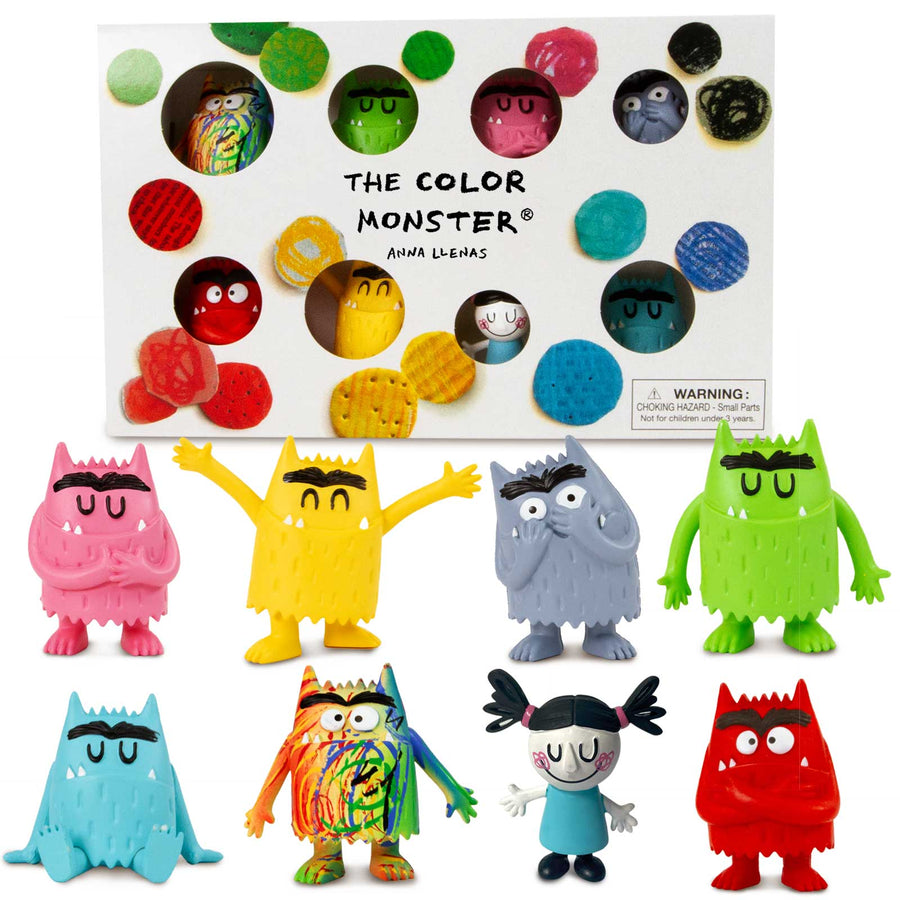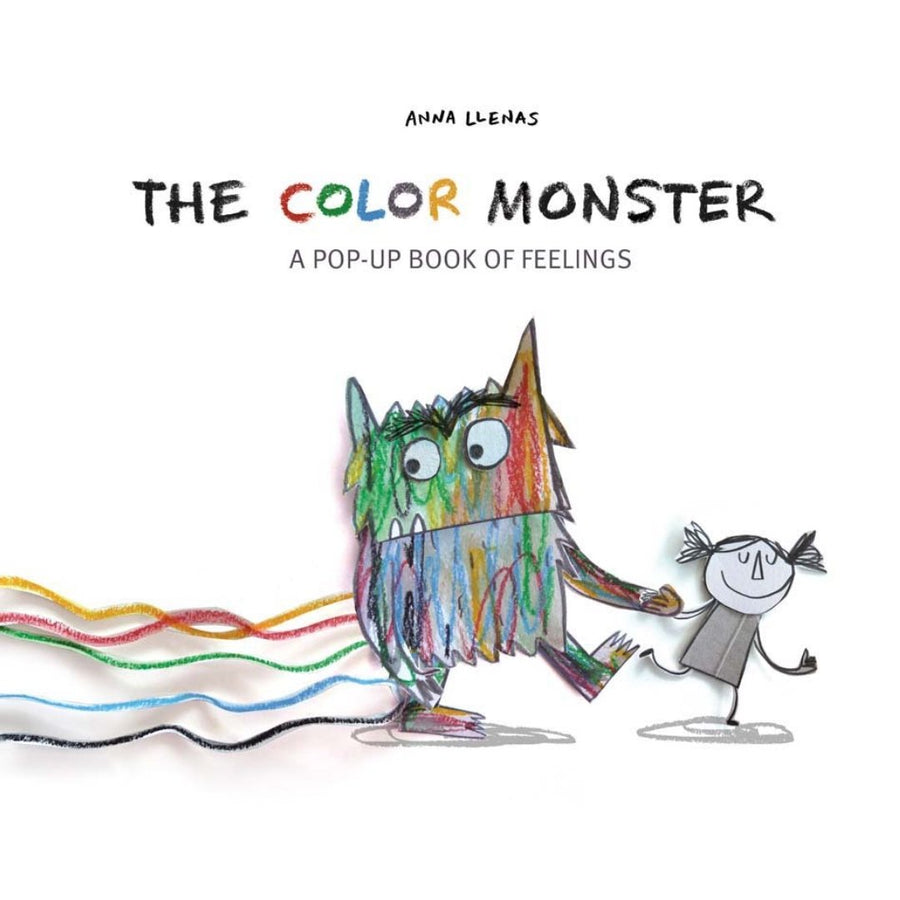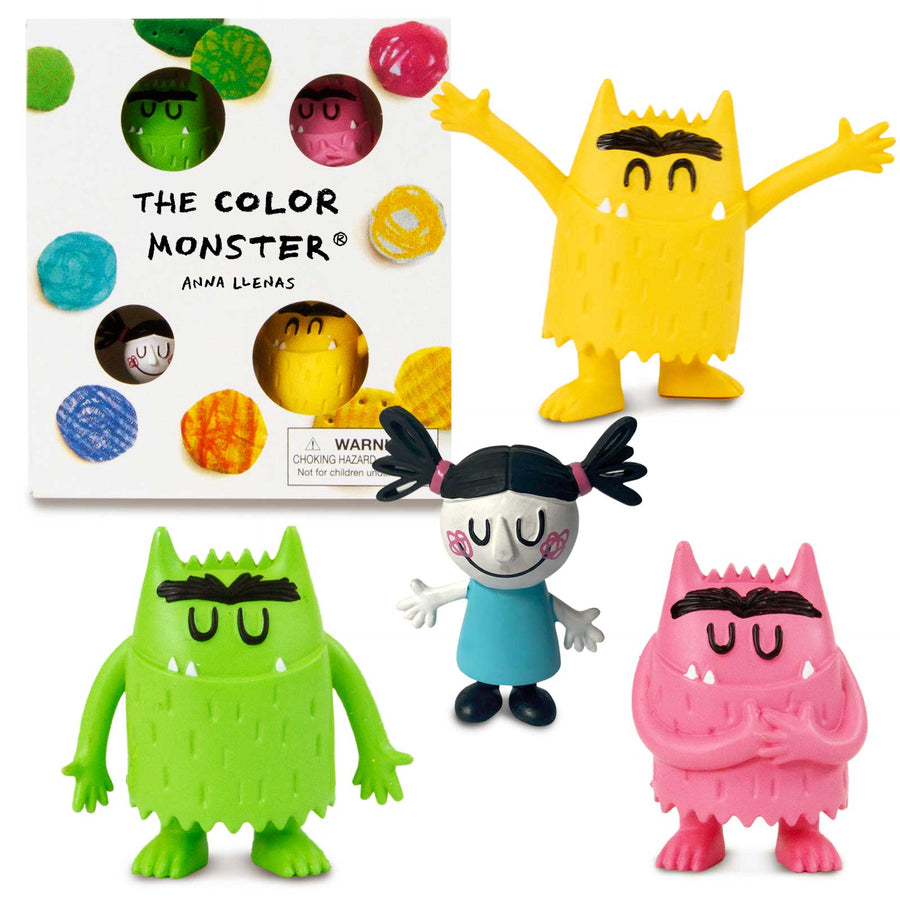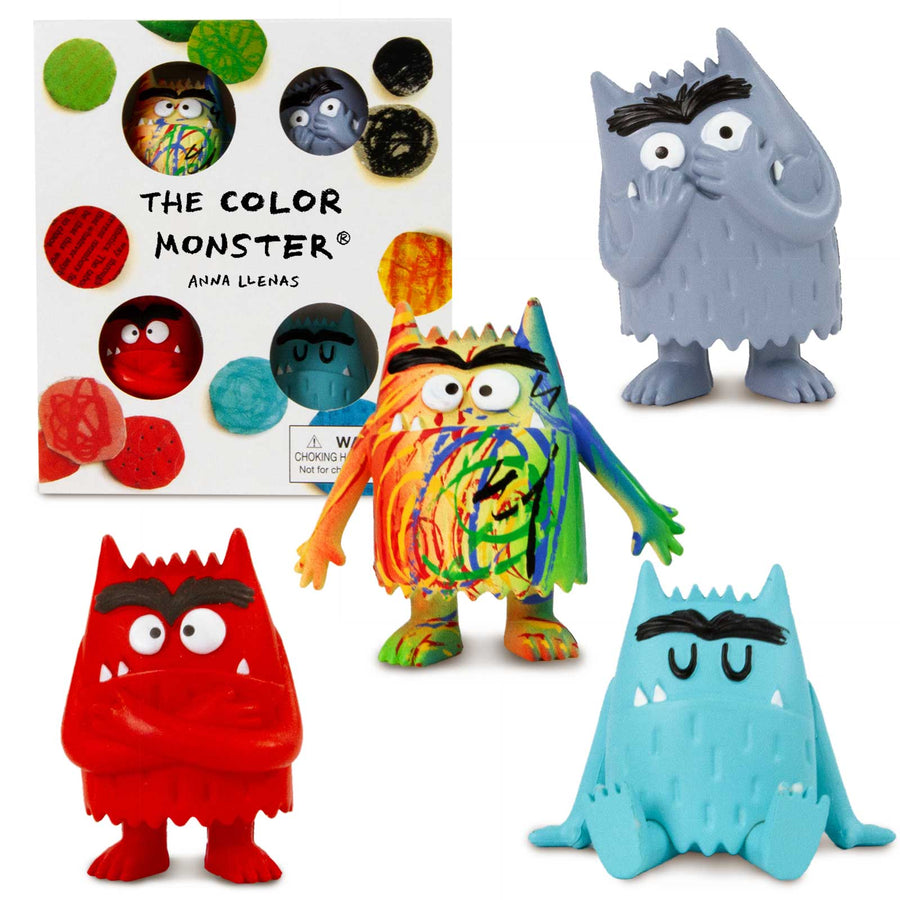As you all may know, we like to talk about the importance of play in a child’s development in this blog…like a LOT.
In this post, we want to shift your attention to a different type of play; one that specifically revolves around moods. When we shift into this alternate way of thinking, it helps us provide a meaningful way to help children understand, express, and manage their emotions through one of their most natural forms of communication and learning.
Our notion of “Playing by Mood” is an intentional approach that encourages children to explore their feelings and choose play activities that match or support those emotional states. Whether your child is feeling joyful, angry, sad, scared, or anxious, there are types of play that can help them process and navigate those emotions in healthy and empowering ways.
Let us dive into what I believe are the five core moods—happy, angry, sad, scared, and anxious—and explore how you can support your child’s emotional world through mindful and intentional play.
1. Happy
Synonyms: Excited, cheerful, content, proud, playful, energetic
Parental Cues: Smiles, laughter, eagerness to engage, bursts of energy, affectionate behavior.
When kids are happy, they’re typically more open to social interaction, exploration, and creativity. This is a great time to lean into imaginative and cooperative play, which helps reinforce social skills and emotional regulation.

Play Ideas:
- Dress-up and role play: Let them become a firefighter, doctor, or superhero. Creative storytelling helps build confidence and express positive energy. Discover props in our Pretend Play collection.
- Dance party (A Personal Favorite): Music and movement are joyful, full-body expressions of happiness.
- Art station: Set out bright colors, paint, stickers, and glitter. Let them make “happy art” with no rules.
- Building games: Legos or block towers give a sense of accomplishment and pride.
- Outdoor play: Run, jump, climb! When they’re full of energy, the outdoors is the perfect outlet.
Why it matters: Celebrating happy moments reinforces emotional awareness and builds resilience. When kids connect joy with expression, they learn to savor and share their good feelings.
2. Angry
Synonyms: Frustrated, irritated, mad, annoyed, out of control
Parental Cues: Clenched fists, yelling, stomping, throwing objects, furrowed brows, resistance to direction
Anger is a powerful emotion that can feel overwhelming to young children. It often masks other emotions like hurt, disappointment, embarrassment, or the ever-present feeling of hunger! The goal isn’t to suppress anger but to offer outlets that help kids move through it safely.

Play Ideas:
- Punching playdough or squishing stress balls: Offers sensory relief and physical release.
- Anger art”: Give them red and black crayons or paint and other art supplies to let them scribble, smear, and cut their way across the paper to release some anger and frustration.
-
Stomp like a dinosaur: Turn the big emotion into a big, silly movement game.
Hammering toys: Toys like pounding benches or hammer-and-peg sets allow for safe, constructive release. - Boxing pillows or a “pillow pit”: Create a safe space where they can jump, flop, or “wrestle” with supervision. Toss in some plush friends for wrestling buddies.
Why it matters: Validating anger and giving safe physical expression teaches kids that all emotions are okay—we just have to figure out healthy ways to get the anger out.
3. Sad
Synonyms: Disappointed, lonely, down, gloomy, blue, mopey
Parental Cues: Quietness, lack of interest in usual activities, tearfulness, clinginess, changes in sleep or appetite.
Sadness in children can look like withdrawal or moodiness. The instinct might be to cheer them up immediately, but first, it’s important to meet them where they are with connection, calm, and comfort.

Play Ideas:
- Story time: Choose books with themes of comfort, friendship, or overcoming struggles. Reading can feel cozy and affirming.
- Nurturing play: Let them care for dolls or stuffed animals. Empathy-based play can help children externalize and process emotion.
- Water play: A warm bath, water table, or even a sink full of bubbles can be both calming and mesmerizing.
- Calm corner crafting: Offer soft materials like felt, cotton balls, or yarn. Let them make something simple and soothing.
- Puppet play: Sometimes kids will express sad feelings more easily through a puppet friend.
Why it matters: When we allow children to sit with their sadness and gently support them through it, they learn that tough emotions are temporary and safe to feel.
4. Scared
Synonyms: Nervous, startled, unsure, overwhelmed, timid, shy
Parental Cues: Hiding, clinging, avoiding activities, wide eyes, sudden silence or crying in unfamiliar situations
Fear is a protective emotion, and it often arises when something feels new, unexpected, or unsafe. Children need reassurance and gentle exposure to build trust and confidence.

Play Ideas:
- Peek-a-boo games: For younger kids, this helps establish object permanence and safety.
- “Bravery missions”: Set up small obstacle courses or scavenger hunts to help them face small fears with support.
- Build a fort: A cozy enclosed space can feel safe and comforting when they need to retreat.
- Monster play: Create friendly monsters with craft materials, monster toys, or play tag with a silly monster persona—it turns fear into fun.
- Storytelling with a hero: Encourage them to listen to a story about someone being brave or create a story where they (or a character) face something scary and come out okay.
Why it matters: Supporting children through fear-based play allows them to rewrite the script—from helpless to empowered—within a safe environment.
5. Anxious
Synonyms: Worried, overwhelmed, tense, nervous, fidgety, uneasy
Parental Cues: Excessive questioning, trouble transitioning, repetitive behaviors, sleep troubles, digestive complaints, perfectionism
Anxiety can be a more prolonged emotional state than fear and may not have a clear source. Kids who are anxious benefit from grounding, predictability, and sensory-based play.

Play Ideas:
- Sensory bins: Fill a tub with rice, sand, or kinetic sand. Add calming scents like lavender or chamomile. Discover more sensory play ideas in our Sensory Play Blog.
- Breathing buddies: Have them lay down with a stuffed animal on their belly and watch it rise and fall with deep breaths.
- Lego or puzzle zones: Repetitive, focused tasks, like block play, can reduce mental overwhelm.
- Mindful movement: Try kid-friendly yoga, stretching, or slow-motion dancing to calming music.
- Drawing a “worry monster”: Then feed it slips of paper with worries written or drawn on them—symbolically “letting go.”
Why it matters: When kids learn to recognize their anxiety and have tools to soothe it, they gain long lasting emotional regulation skills.
Teaching Emotional Intelligence Through Play
“Playing by Mood” helps children build a vocabulary around emotions, recognize physical and behavioral cues, and discover safe outlets for emotional expression. It’s an extremely effective way to:
- Foster emotional literacy and strengthen their “feelings vocabulary”
- Strengthen parent-child connection
- Reduce meltdowns and behavior challenges
- Empower children to self-regulate
About the Author:
Paige Whitley is a Licensed Mental Health Counselor in Florida. With over 3 years of dedicated experience, Paige has become a trusted ally for diverse populations, including the neurodivergent community, trauma survivors, substance abuse sufferers, and those navigating general mental health challenges. Since 2010, Paige has impacted young lives through her work as a lifeguard, swim teacher, behavior technician, nanny, and counselor. When not at work, she indulges in the magic of Disney Parks, enticing culinary adventures, and family time with her husband, fur babies, and baby Whitley. Passionate and empathetic, she's a catalyst for positive change, committed to making a difference in her community's mental health landscape.










